There has long been discussion of three pillars of fantasy adventuring, most commonly associated with Dungeons & Dragons, but I don’t feel this adequately addresses what makes such games great. I think there is a fourth pillar. And the four pillars are combat, social interaction, exploration, and predicaments.
Each one has a particular focus, altho all of them include the focus of the others. Combat is mostly die-rolling but can also involve some clever choices as well as role-playing. Dealing with a trap might include rolling dice as well as thinking thru the clues.
Combat: Roll Some Dice
Combat is the obvious one. It is focused on rolling dice. A lot of people play D&D and similar games as primarily a (poor) combat simulator: kill the orcs; take their gold. Combat has its place, but it should always be the punctuation on the sentences the adventures write. You slay monsters in order to accomplish something. Sometimes that’s just to take their gold, but it should just as often be to recover something else, rescue someone, or get by them to find an answer to a mystery.
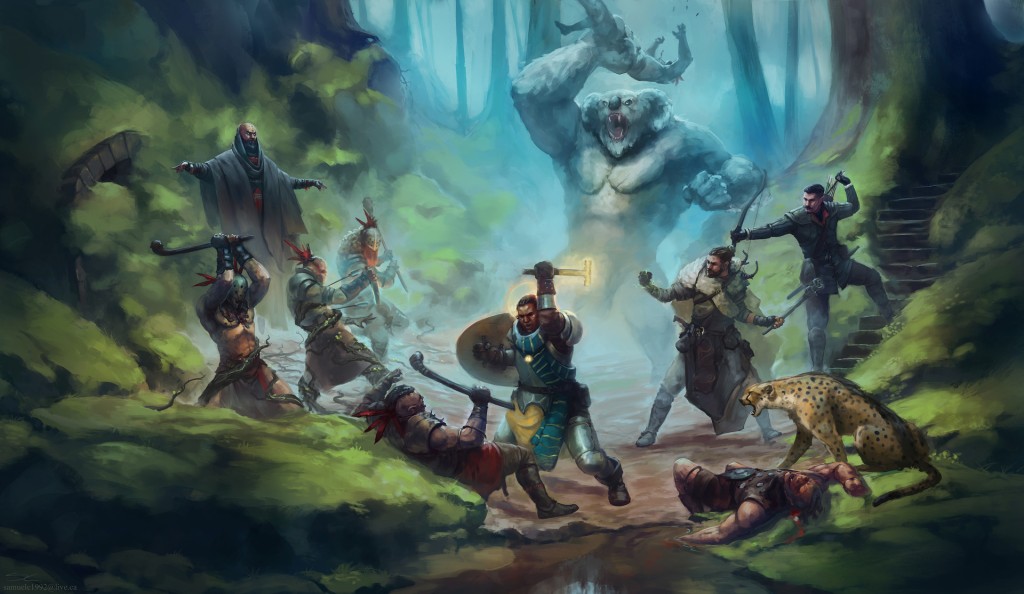
Travel to Orence and fight an ogre that keeps the peasants in fear. Delve into the Pit of Fear and defeat the snakemen to reclaim the Sword of Arcor. Brave the Shivering Forest and lay low the hideous black trolls to discover the entrance to the lost monastery of Ternoradan. There defeat a fearsome dragon to at last recover the Scepter of the Two Kingdoms.
This pillar appeals to players who like action. They want to feel like heroes and win the day by skill at arms. But not every player plays the game mainly for this.
Social Interaction: Play Your Role
Social interaction makes adventures lively with role-playing. Gather rumors and a bit of lore to decide on the adventure to pursue. Engage with locals for guidance to hidden dungeons. Meet a comical merchant and his weary servant. Bring strange items back to a sage or other expert for identification and a bit of lore. Spend treasure on better armor and weapons, as well as lifestyle.

Disguise yourselves as courtiers to meet lords and nobles to get hooks to higher-level adventures. Spend the new treasure on houses, ships, and donations to the temple. Bluff your way by the baron’s men-at-arms for passage thru his lands.
This pillar appeals to players who enjoy play-acting. It’s become particularly popular since the rise of streaming stars who post their live game sessions, much of which focus a great deal (perhaps too much?) on acting and exploring a narrative.
Exploration: Make a Map
Exploration is the “show, don’t tell” part of lore exposition. It is focused on maps and the physical locations they represent. Discover the wonders of the fantastic world for yourselves. Find what lies beyond the forest, the mountains, the border…. Investigate the depths of caverns, the haunted halls of ruin…. Search a rocky wasteland for an alternate entrance to a complex of caves. Search a chamber for clues, treasure, and secret doors.
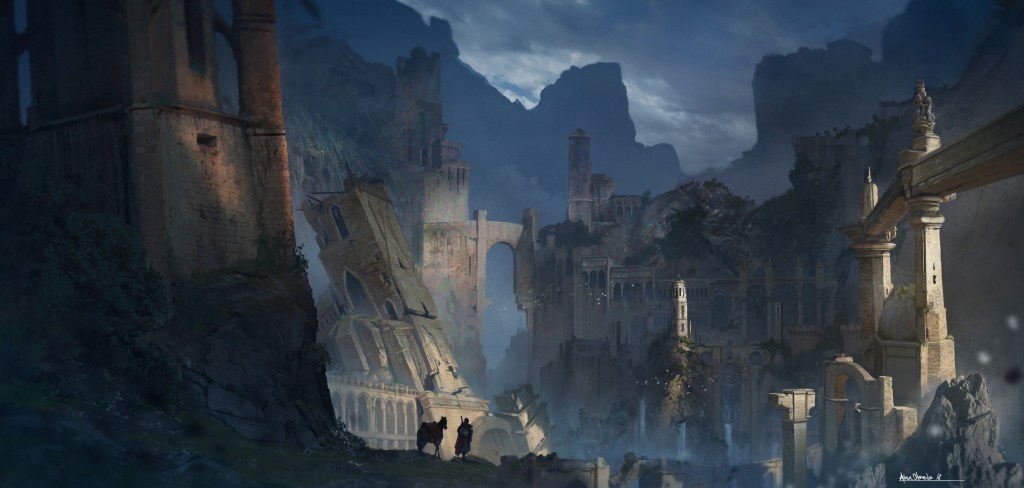
Such things don’t always need to be dangerous. Bathe in a tropical mountain waterfall. Examine mysterious monoliths. Witness the grandeur of ancient statues that stand at the gate of a mountain pass. Watch a dragon wheel in the sky, hunting its next meal…. This can be mysterious, awe-inspiring, or whimsical. It’s a great breather from the other high-tension pillars.
Exploration doesn’t require puzzles and traps, as is usually lumped into it. The video game Eastshade is almost pure exploration, with just some social interactions, such as matchmaking between NPCs and a little crafting. Subnautica has crafting and a bit of (defensive) combat, but is mostly exploration.
The classic exploration game Myst has “puzzles” that are mostly just experimenting with how various levers and switches work. INFRA also has some control panel experimentation. This kind of exploration–interacting with the elements in an environment just to see how they work or what happens when they are played with–is essentially a playground (and as such is pretty safe).
It doesn’t even always need to be about physical maps. Explore the social world of a city by attending a ball and meeting various NPCs to learn their relationships and interests. Instead of incidentally getting into combat exploring a ruins, you’ll incidentally get into social interactions exploring the prince’s ball. This may raise questions you’ll need to do more seeking to answer, and it may answer questions you didn’t know you had.

These discoveries should often be strange and amazing and sometimes shocking. They should sometimes lay bare certain secrets about the realm, solve long-standing mysteries, and answer certain questions raised by the lore you’ve learned from witches and wisemen.
This pillar appeals to players who like taking in the lore and wonder of a fantasy world and imagining themselves interacting with that world.
Predicaments: Think Outside the Box
Predicaments are the fourth pillar of adventuring, in my estimation. It focuses on clever thinking. Predicaments include traps as well as outright puzzles but also tricky dilemmas, potential ambushes, baffling mysteries, and perilous quandaries.
These are usually lumped in with exploration, but there’s a substantial difference. When you visit a museum in real life, you don’t have to be wary of traps. When you explore a state park, you aren’t there to solve a mystery. Vasco de Gama didn’t–to my knowledge–work out many puzzles.
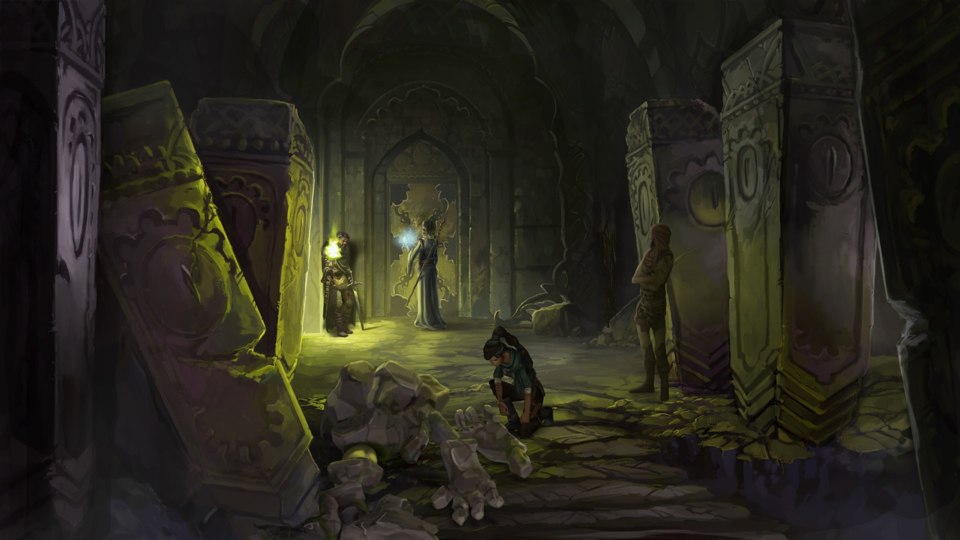
Seek out the lost tomb and stumble across other secrets. Solve the puzzle of nine idols to unlock the ancient treasure vault. Figure out how to safely navigate the deadly garden of Harthial. Escape the Pit of Pantarus when it starts to collapse after you’ve killed Pantarus. Gather enough information from your social encounters and exploration to puzzle out that the baron is in league with the foreign prince. Gather clues to the whereabouts of the kidnapped princess.
Unlike exploration, in predicaments something is at stake. You need to solve the puzzle to get past the door; you need to figure out where the Orb of Ogass was lost in order to find it. You need to escape the trap or die.
But like exploration, predicaments don’t need to be all about cold, wet dungeons. Social interactions can put the heroes in a predicament. Did Lady di Martazzo tell Prince Dranki about the questions we asked about his navy? What would it take to get Lord Bolbir on our side against the Hakritans?
This pillar appeals to players who enjoy the challenge of putting clues together and finding an answer to a mystery or puzzle or inventing a clever way out of or around a problem.



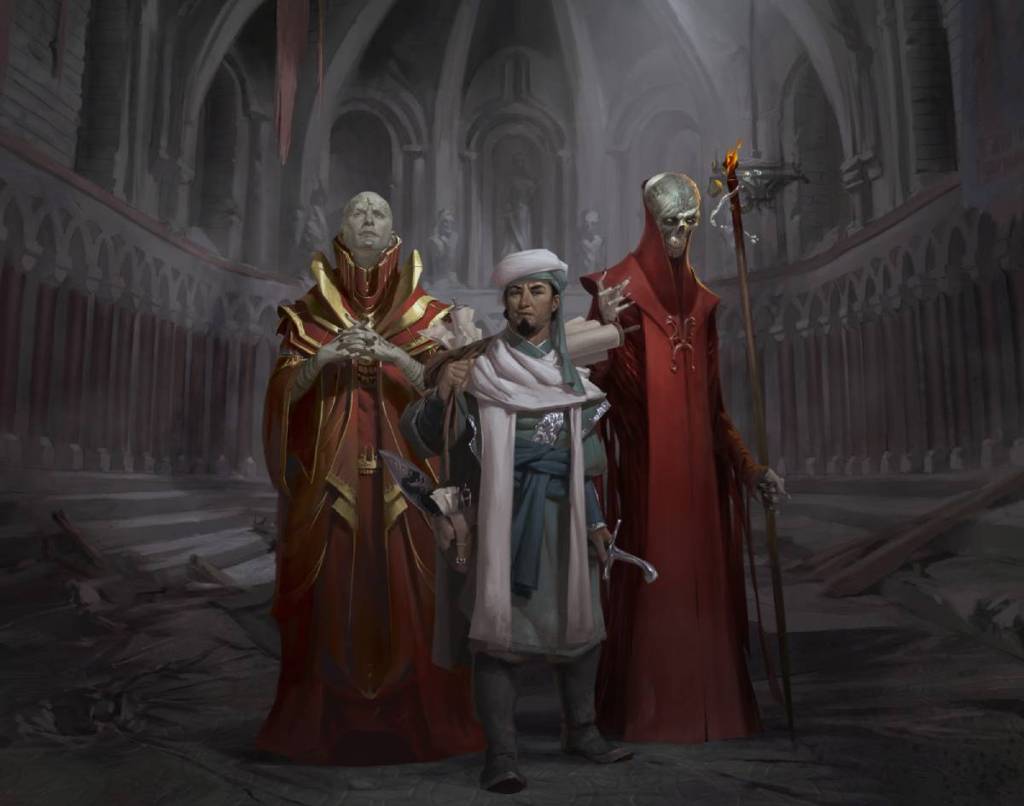
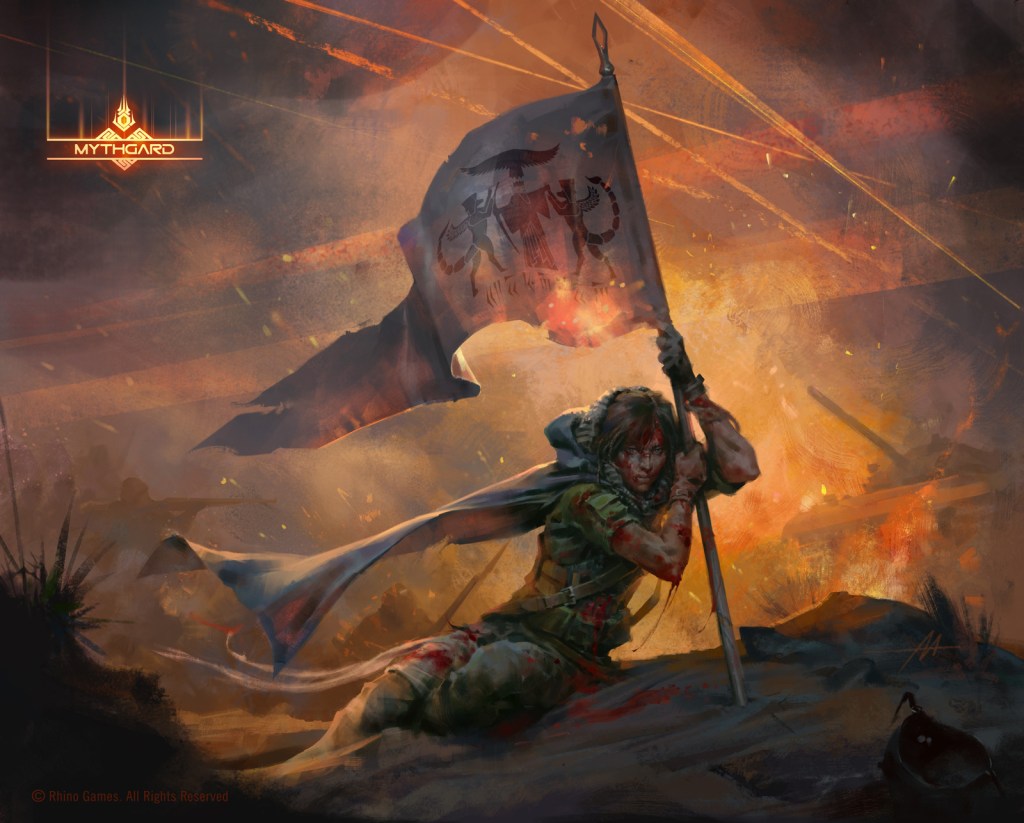

Leave a comment